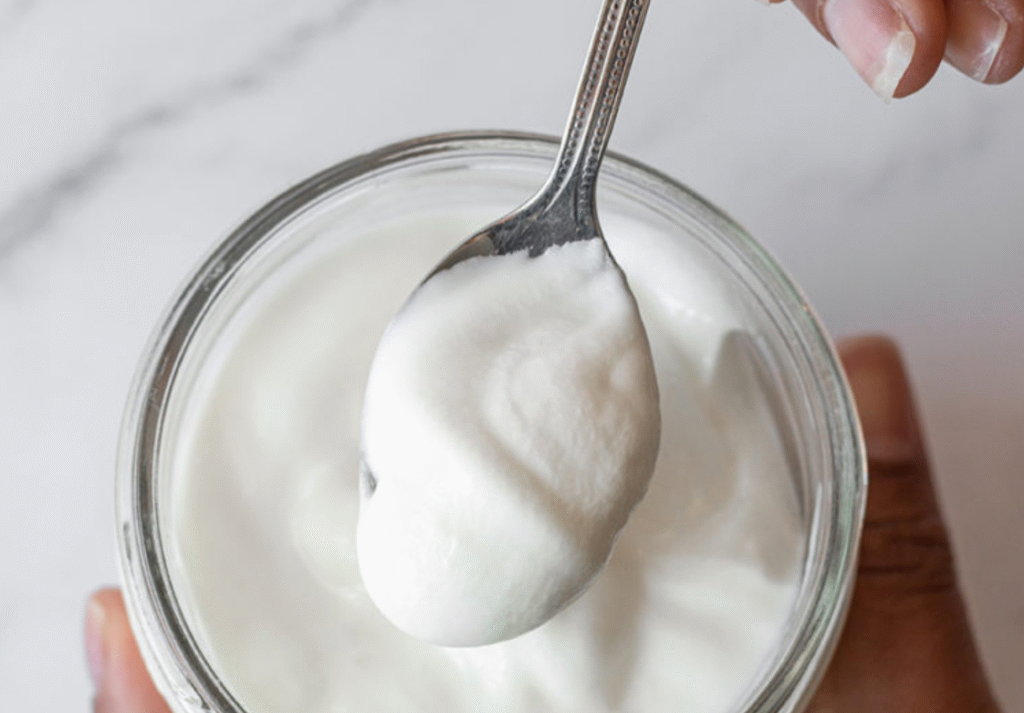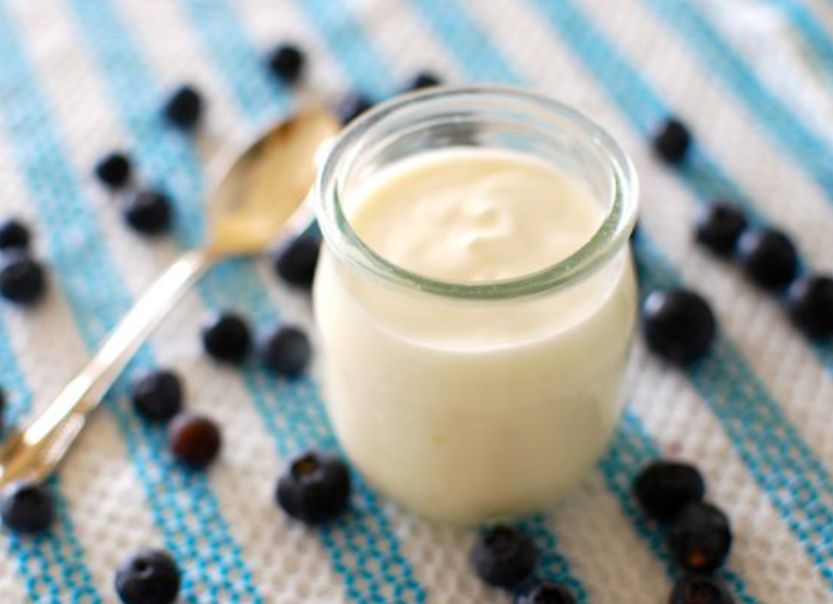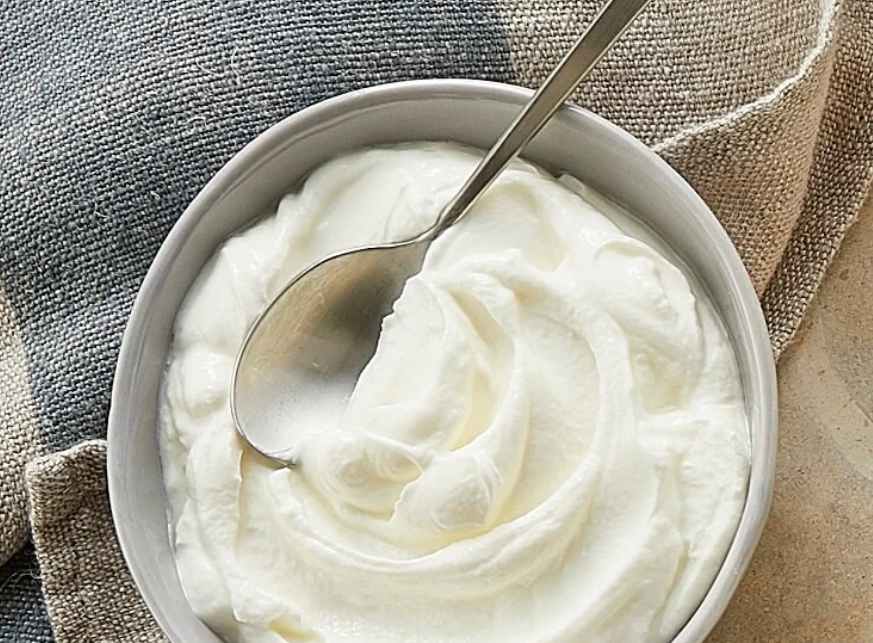Table of Contents
If you suffer from lactose intolerance, then homemade yogurt can be a delicious way to enjoy the creamy and healthy probiotics found in the dairy product. Making your own lactose free yogurt doesn’t have to be complicated. With just a few ingredients and easy steps you can create a unique flavor that matches your cravings!
To help get you started, we’ve created this guide which will show you everything from how to buy quality ingredients to tips on achieving the perfect texture for your personalized creations! Read on as we share our simple steps to making an unforgettable bowl of lactose-free yoghurt right at home!
What is Lactose-Free Yogurt?

Lactose-free yogurt is a dairy product made from milk that has been treated with the enzyme lactase to reduce its lactose content. Lactose intolerance occurs when your body can’t properly digest the sugar found in dairy products, resulting in symptoms such as bloating and stomach pain after consuming them. By using a lactase enzyme to “pre-digest” the milk, it helps make these foods more easily digestible so those with sensitivities can enjoy them without feeling uncomfortable!
How to Make Lactose Free Yogurt?
Making lactose-free yogurt is a great way to enjoy this delicious and healthy food without the uncomfortable side effects of dairy intolerance. The process is simple, but requires very specific ingredients.
To make your own lactose-free yogurt, you will need:
- 1 quart whole milk or coconut milk
- 2 tablespoons plain Greek Yogurt with live cultures (check the label to ensure it contains actual bacterial cultures)
- Heat source such as a slow cooker or double boiler
- An incubator such as an oven with a pilot light or an instant pot on low setting
- Thermometer (optional)
- Cheesecloth or other fine mesh strainer
- Clean jars for storage

Once you have all the ingredients, it’s time to prepare your lactose-free yogurt. The first step is to heat the milk in a slow cooker or double boiler over medium heat for about 10 minutes, stirring occasionally. Then turn off the heat and allow the milk to cool until it reaches 110°F (43°C). If you want a thicker texture, you can add 2 tablespoons of plain Greek yogurt with live cultures now.
Next, transfer your cooled milk into an incubator such as an oven with a pilot light or an instant pot on low setting. Cover and leave overnight or 12 hours. The bacteria will start converting the lactose into lactic acid during this time, making your yogurt lactose-free.
Then use a thermometer to check that your yogurt is at least 95°F (35°C). If it is, you can transfer it to a cheesecloth or fine mesh strainer set over a bowl. Let the yogurt drain for about 2 hours, and then transfer it to clean jars for storage in the refrigerator. Your lactose-free yogurt should be good for up to two weeks.
Benefits of Homemade Lactose-Free Yogurt

Homemade lactose-free yogurt is not only delicious, but it also offers plenty of health benefits, such as:
- A boost in gut health thanks to the probiotics found in the yogurt.
- Improved digestion and discomfort reduction due to the reduced levels of lactose in the product.
- An increase in calcium intake which can help support bone strength and development.
- Making your own lactose-free yogurt at home is an easy and affordable way to enjoy this creamy dairy treat without worrying about uncomfortable side effects! Just remember to use quality ingredients and follow these steps for optimal results! Good luck and happy cooking!
Tips and Troubleshooting

- If you’re having trouble getting your lactose-free yogurt to form, try using a higher quality milk and starter culture.
- Make sure the temperature of your mil is warm enough before adding in the cultures and enzymes.
- When transferring the mixture into jars or containers for storage, be sure to leave some head space as the yogurt will expand while it ferments.
- Try experimenting with different flavors and ingredients to find a combination that suits your taste buds!
- Store any leftover yogurt in an airtight container in the fridge for up to 7 days.
Frequently Asked Questions | How to Make Lactose Free Yogurt?
1. How can I make lactose-free yogurt?
The most common way to make a lactose free yogurt is to use non-dairy milk such as almond, coconut, soy or other plant-based milks that are naturally lactose free. Simply replace the dairy milk with your desired non-dairy milk and follow the regular yogurt making instructions.
2. What will the texture be like if I use non-dairy milk?
Most plant-based milks produce a thinner texture than cow’s milk; however they still create a creamy consistency when used for yogurt production. If you would like a thicker texture you may need to add some thickeners such as ground flax seeds or tapioca starch to the recipe.
3. Is there a special starter culture for lactose-free yogurt?
No, any regular yogurt starter culture can be used for making lactose free yogurt. Just make sure to follow the instructions on the package for temperatures and other important details.
4. What about flavor? Will it taste different using non-dairy milk?
Yes, non-dairy milks may have a slightly different flavor than cow’s milk but you can always add your favorite flavors or fruits to create a delicious, custom flavored lactose free yogurt.
5. Is it difficult to make lactose free yogurt?
Making lactose free yogurt is not much more complicated than regular yogurt. If you know the basics of yogurt making, following the instructions with non-dairy milk should yield successful results.
6. Does lactose-free yogurt need to be refrigerated?
Yes, just like regular yogurt all lactose free yogurts should be stored and kept in the refrigerator for best quality and freshness.
7. How long does lactose free yogurt last?
Homemade lactose free yogurts can typically last up to two weeks when stored in an air tight container in the refrigerator. Just make sure to check for any signs of spoilage before consuming it. Additionally, store bought varieties have expiration dates on them so always check before consuming those as well!
Conclusion
Making lactose-free yogurt at home is a simple and tasty way to enjoy this dairy treat without having to worry about feeling uncomfortable after consumption. With just a few ingredients, you can create a unique flavor that matches your cravings! So grab your milk, culture, enzyme, and some creativity and give it a try! We hope these tips help make the process easier for you and that you enjoy the delicious results of your creation!
Read more at Ohsnap Cupcakes!